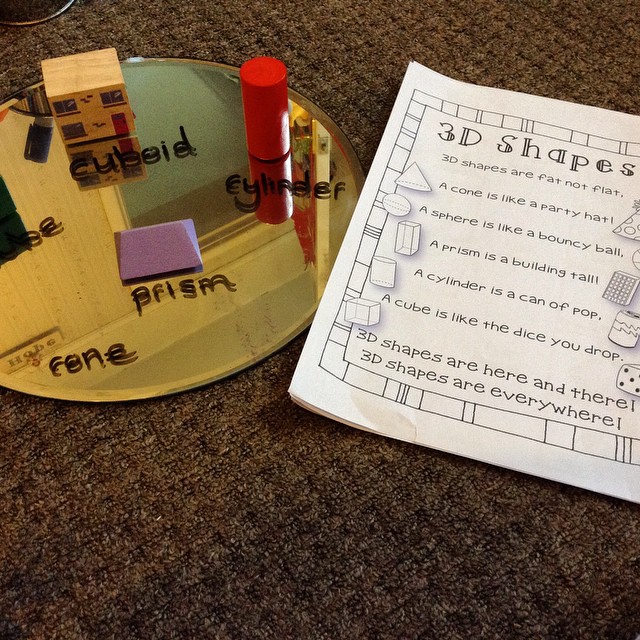This is a sponsored post
When children reach a certain year group at school, they are split into different sets for each subject, according to their skill level. Within each set, pupils will have to complete appropriate academic activities that suit their ability. If a child is placed in the wrong set, it’s unlikely that they will perform well. If they are placed in a higher set, they will struggle and lose patience. If they are placed in a lower set, they will sail through the activities and probably end up feeling bored and irritable. With that in mind, it’s important that children are placed in the correct set.
Lots of schools actually disguise the set levels by giving them names like red, yellow, and blue, rather than top, middle and bottom. This helps eliminate any unnecessary comparisons among pupils and their parents. Nonetheless, sets are important because teachers are able to tailor their lesson content accordingly, whilst supporting their students at the correct level. What’s more, as your child gets older, their sets will help determine their strengths and weaknesses and guide them to choose suitable GCSEs.
If you think your child might have been put in the maths wrong set, a private school in Hertfordshire have put together the following advice to help you respond appropriately:
Try and keep a close eye on your youngster when they’re doing their maths homework and see how they react to it and how long it takes. If your child seems uninterested in maths and whizzes through their homework in no time at all, it might be because they’re finding it too easy. In this case, they should be in a higher set. It’s important that children are challenged in a healthy and productive way when doing their school work. Alternatively, if they’re finding the work too hard and it’s causing a lot of frustration and upset, then they probably need to move down a set or two.
Make an appointment with your child’s maths teacher as soon as you have identified a problem so that you can discuss the situation and how you’d like to progress. Some schools might not want to move your child to another set until the end of the academic year, while others might be more flexible.

